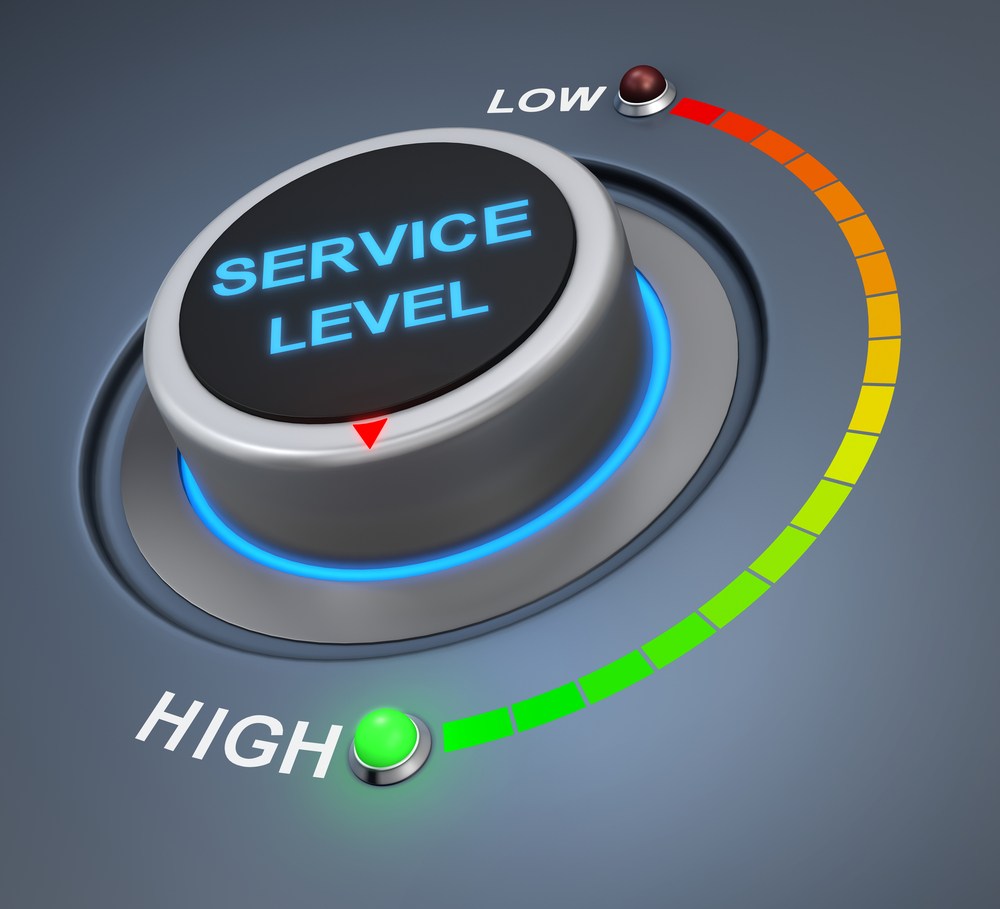By Michael Zetz
I have a few questions worth pondering. Some without answers. Yet at least.
Are access to care and standard of care mutually exclusive? Really? They shouldn’t be, in an ideal world, but because of cost they generally are. Those who can afford it get better care than those that can’t – just the way it is – if you know any oncologists just ask them.
So, can a patient who treats from home with aligners expect the same level of care as someone who sees an ortho in office? Nope. To their credit, the aligner companies make themselves clear on this. They can’t afford to treat to the same level (no attachments, limited IPR, etc etc) at that price point any more than we can…… and they also can’t afford the liability of a compromised result anymore than we can.
So, do we need to revisit standards of care to include lower standards for those who wish to treat from home?? I would argue yes. Or at least take the orthodontist who “approves” these cases and keeps them in their patient pool off the hook from an ultimate liability standpoint. After all, the patient and the aligner company are the ones making the calls. And maybe, heaven forbid, our association could raise awareness of the limitations…… without sounding protectionist, like this (note the irony of the St. Louis connection….. maybe it’s in the water).
I would even encourage our association to partner with Invisalign and other companies to help to educate the patients on what to expect in terms of the process and result of different orthodontic treatment modalities so as to avoid confusion……… and ultimately help as many people as possible achieve a satisfying result.
I’ll wrap this up, even though I could go on and on, by saying our specialty is far from dead or even dying in my humble opinion. Why the hell is everyone afraid of a new company business model that treats a fraction (adults with minor orthodontic needs without symptomatic occlusal issues) of our patient population to an admitted/accepted lower standard? An informed consumer is generally a happy consumer. And also one that is willing to own their own decisions provided they are properly educated/informed. And the decision to choose an in office orthodontist and pay a higher fee is one that can be easily rewarded by a competent practitioner willing to go the extra mile to make sure the result is as good as possible. There is value in that as we both know. And no one in the world is better positioned to deliver that level of care to as many people as possible as orthodontists.
FOR NOW, AND UNTIL TECHNOLOGY GIVES US A BETTER WAY TO MOVE TEETH BTW………. . (Another complete convo…..)
Conversely, there is also obvious value in simple at home aligner therapy for the patient who knows what to expect. I don’t know if I would call it “transformational” unless I was trying to sell something. But value? Yes, certainly. Although admittedly varying from state to state, dental practice acts/guidelines generally put us in the driver’s seat. The companies need us to deliver care. And I guess at the end of the day I want our umbrella as orthodontists who serve our communities to cover the entire scope of the delivery/quality of orthodontic care…….. and with that help shape the laws that allow corporate involvement to the patient’s ultimate benefit. Corporations exist to make money. Even though we also make money (damn well better), we should ultimately also exist to care for the population we were educated to serve. I don’t think these ideas are at odds with one another if we embrace the idea of corporate involvement to increase access to care and with that involvement we ourselves help to control its integration with patient/public education in regards to quality of care/patient expectation.
Right???

